Hydrate to Dominate: 10 Crucial Tips
Don't ruin your training for your big event by messing up - or not even having - a hydration protocol that will keep you fast and healthy.
The world of nutrition is pretty convoluted. Today’s life-saving diet is tomorrow’s unfounded fad. Like riding with your faster friends, it’s difficult to keep up. And while it’s impossible to completely clear up all that confusion, having a baseline of useful information is always helpful.
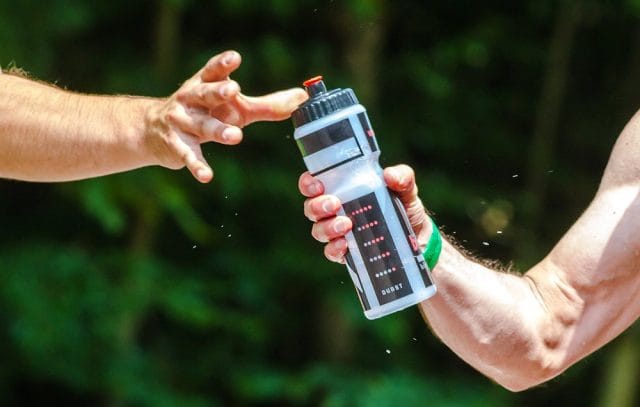
Here then are 10 key fueling facts and tips that will help you better navigate these murky waters so that you can more effectively feed and drink on the fly.
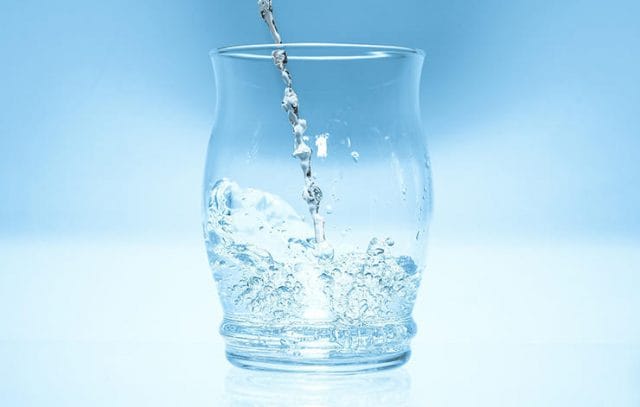
Although it doesn’t supply calories, vitamins, or minerals, water is essential for virtually every bodily function. It aids digestion, cushions organs, and keeps your body temperature from rising to lethal levels during exercise. In fact, H2O is so important that it accounts for 55 to 65 percent of your weight.
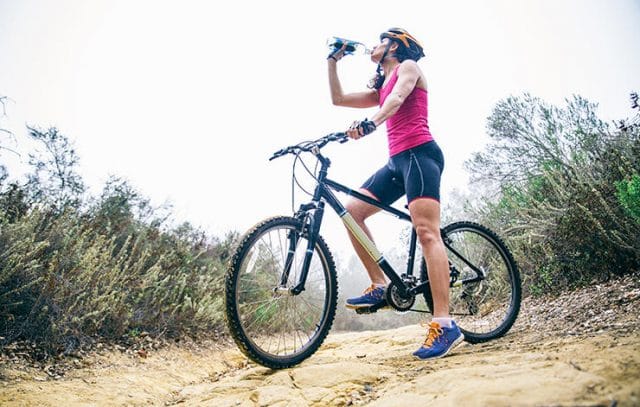
When you are cycling, your muscles produce up to 100 times more heat than when you are at rest. The body extinguishes this inferno primarily by increasing your sweat rate. On a really hot day you can lose more than two litres of fluids per hour when exercising. If you don’t replace these fluids, your power output declines quickly. One study of trained cyclists found that without fluids they could barely finish a two-hour ride at 65 percent of maximum oxygen capacity.
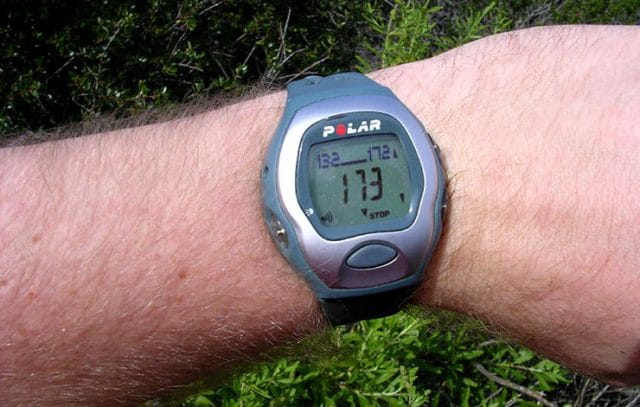
Studies by Edward Coyle, PhD, director of the Human Performance Laboratory at the University of Texas at Austin, reveal that cyclists who lose a 950ml of fluid experience a rise in heart rate of eight beats per minute, a decrease in cardiac function, and an increase in body temperature. Dehydration, says Dr. Coyle, may cause increased metabolic stress on muscles and faster glycogen depletion. It also wreaks havoc on your internal thermostat by decreasing blood flow to the skin, slowing your sweat rate, and increasing the time needed for fluids to be absorbed into the blood stream. What’s worse, by the time you feel thirsty, your body has already lost up to 2 percent of its weight—about a litre of fluid.
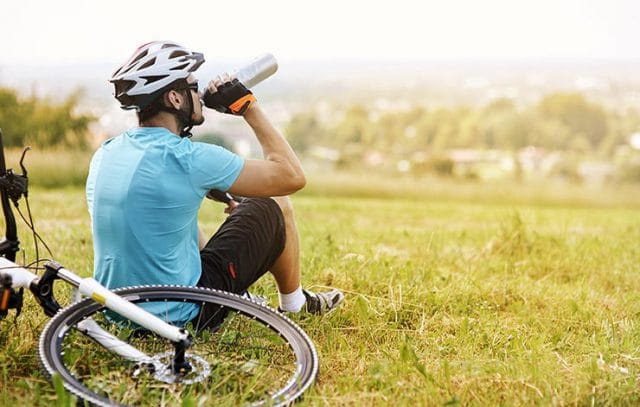
The popular notion of drinking eight glasses of fluids daily is easy to remember, but may not be right for you. Indeed, people have different fluid needs depending on fitness, gender, body size, and environmental conditions. Your best bet is to gauge hydration by monitoring six simple markers.
Do you urinate less than three times during a normal day? Is your urine dark yellow? Does it have a strong odour? Do you get headaches toward the end of a long ride or shortly afterward? Do you drink less than one water bottle per hour while riding? Do you lose more than one kilogram during rides? If you answer yes to any of these questions, your body is heading for a drought. Time to start drinking more until the situation is rectified.
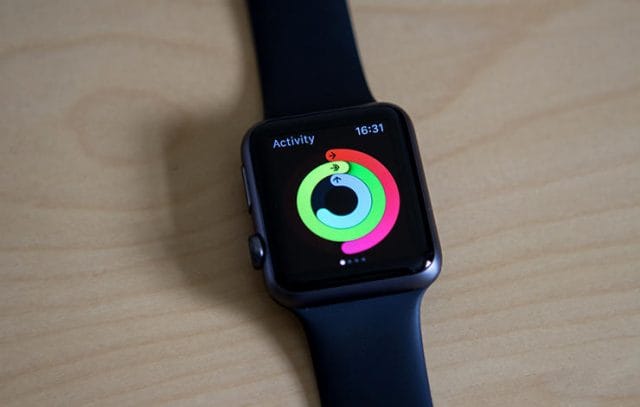
Set a Schedule
To negate fluid loss via sweat, practice drinking strategies during training. Determine your sweat rate per hour by weighing yourself before and after rides. Then figure out how much fluid your stomach can tolerate per hour and determine the best drinking schedule to replace it. Set an alarm to alert you to drink 100-150 grams every 15 minutes, regardless of whether you feel thirsty.
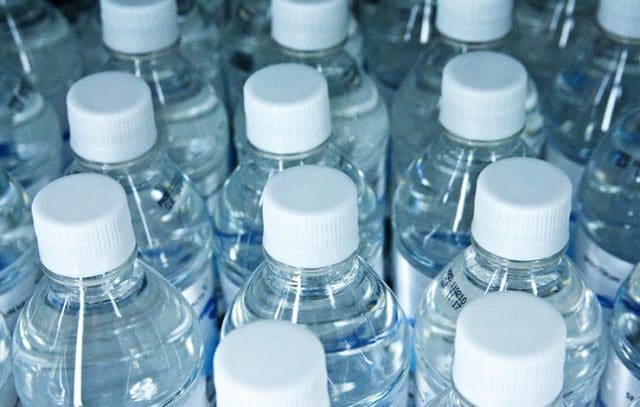
After you have ridden for several hours, pump down more fluids. What you drink makes a difference. In a study conducted by Dr. Coyle, dehydrated athletes were asked to drink nearly 2 litres of fluid 2 hours after they exercised. The catch is that these athletes drank diet cola, water, or a sports drink. The study then compared the quality of replenishment each provides. Dr. Coyle found that diet cola replenished 54 percent of the fluid loss; water, 64 percent; and sports drink, 69 percent.
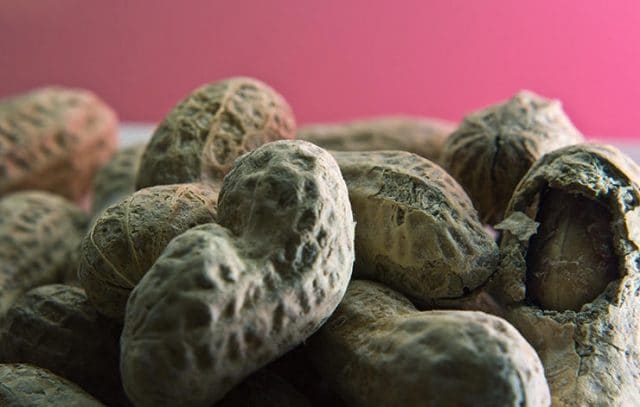
Sodium makes your blood sponge-like, allowing you to absorb more water and excrete less. Each litre of sweat saps between 500 and 1,000 (or more) milligrams of sodium.
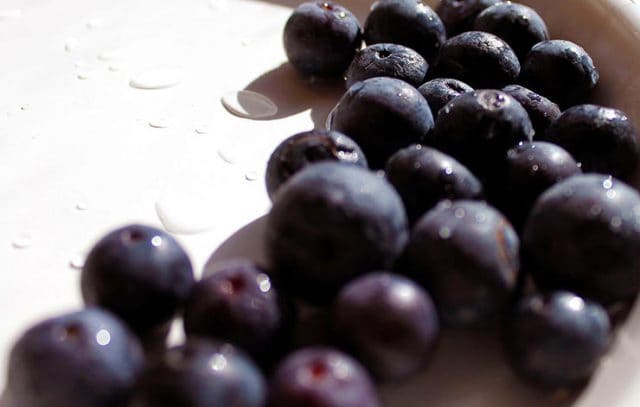
Around 60 percent of your daily fluid comes from the foods you eat, but some foods increase hydration better than others. For instance, fruit and vegetables are great fluid sources; they are 80 to 95 percent water by weight. Eating the recommended five to nine daily servings of produce means that you will get a lot of extra water in your diet. If you are downing protein supplements, you should drink even more water, as you will need that additional water to metabolise and excrete the extra protein.
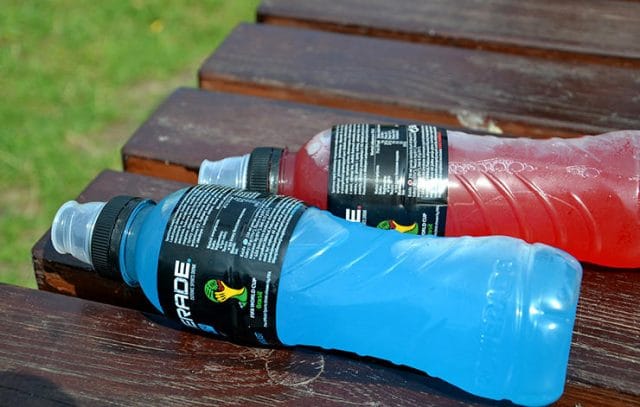
Most popular sports hydration drinks contain sodium, potassium, and other electrolytes as well as energy-producing carbohydrate. These drinks are recommended for exercise that lasts more than an hour. Whenever you plan to cycle for several hours, make sure you carry two bottles. In addition, have a plan to fill up along the way. Whichever brand of sports drink you choose, make sure you like the way it tastes so that you’ll be motivated to drink. Also, cool fluids taste better and may be absorbed more rapidly than warm ones.
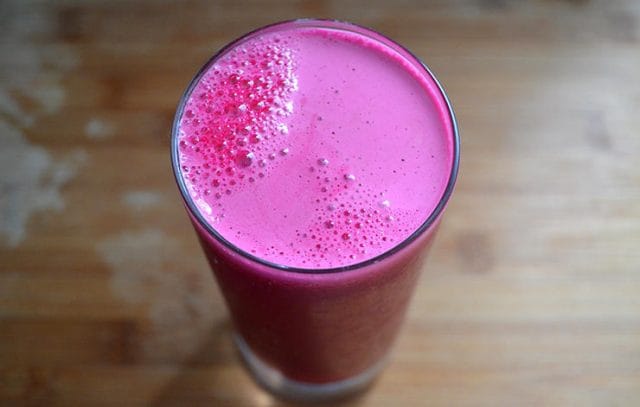
Sure, we may someday find out this was just a fad, but there is growing evidence that nitrates such as those found in beet juice can help boost aerobic performance, says Matt Pahnke, PhD, a principal scientist for the Gatorade Sports Science Institute. It’s shown some benefits as far as improving efficiency, meaning that the same amount of work requires less oxygen. And that is obviously a good thing.

